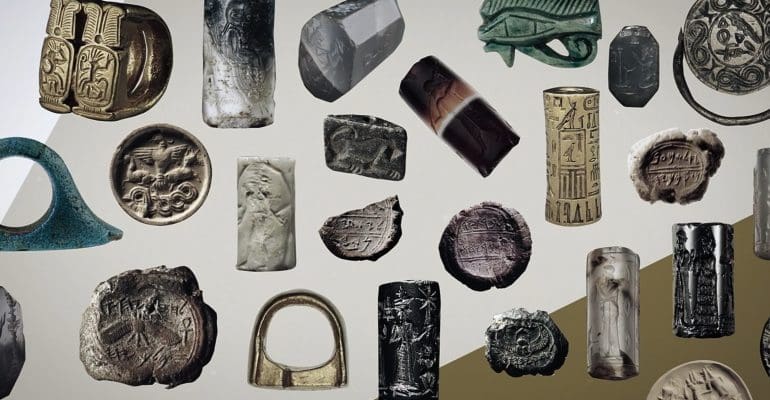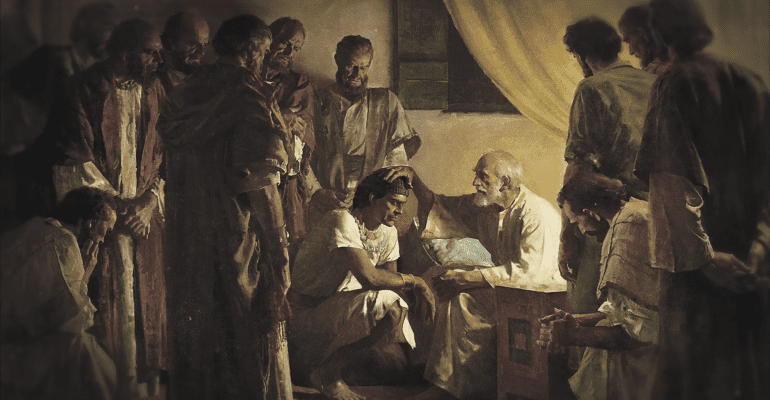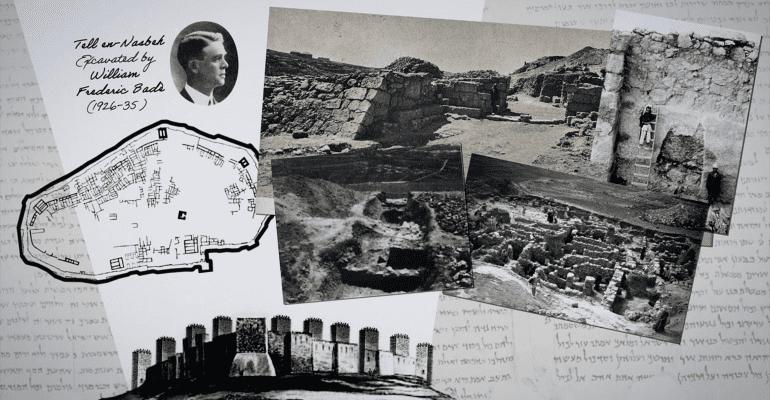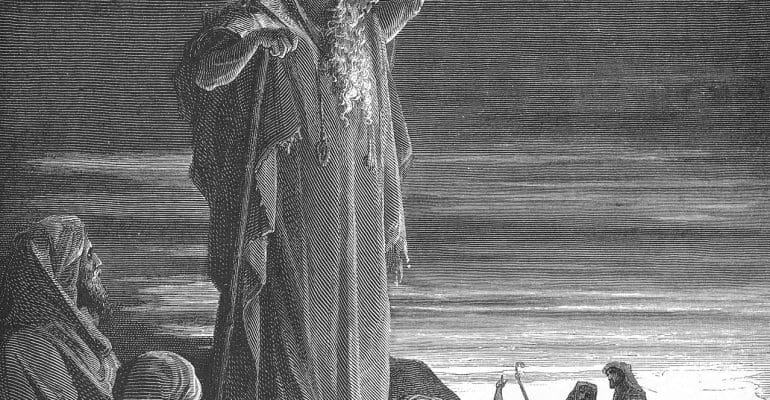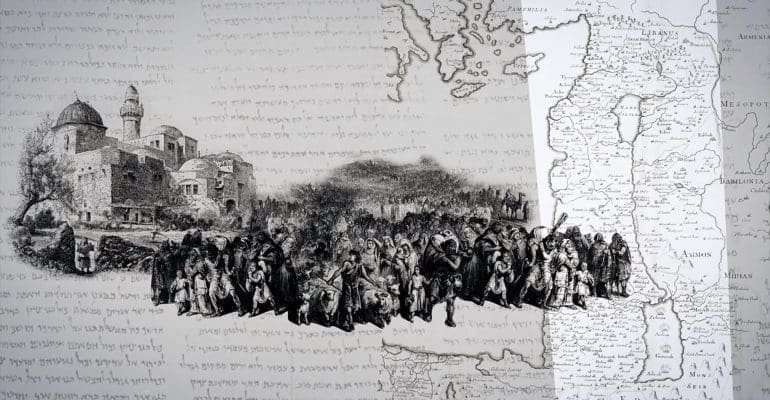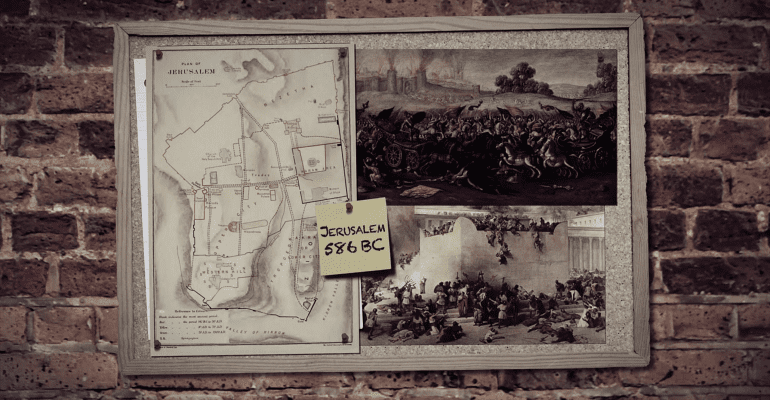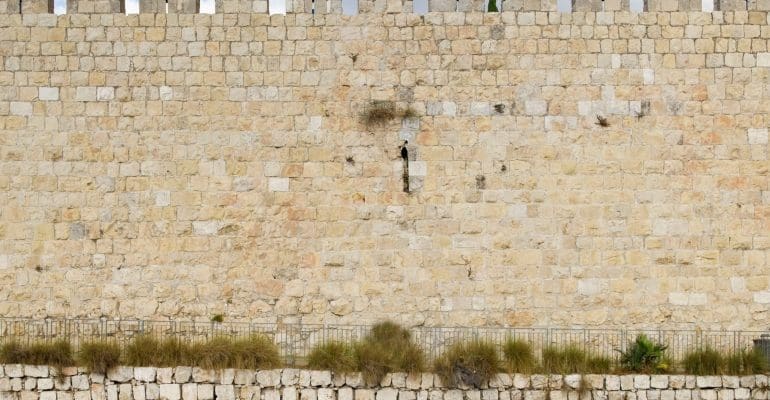Cart 0

On Crucifixion
On Crucifixion
What is the cultural and Christian significance of death by crucifixion?
On Crucifixion
What is the cultural and Christian significance of death by crucifixion?
What is the cultural and Christian significance of death by crucifixion?
in Tags
It is difficult for the modern reader of the Bible to fully understand many of the New Testament references to crucifixion. Today, crucifixion isn’t primarily associated with the ancient practice, but rather as synonymous with Jesus Christ. The cross has become an enduring symbol of




